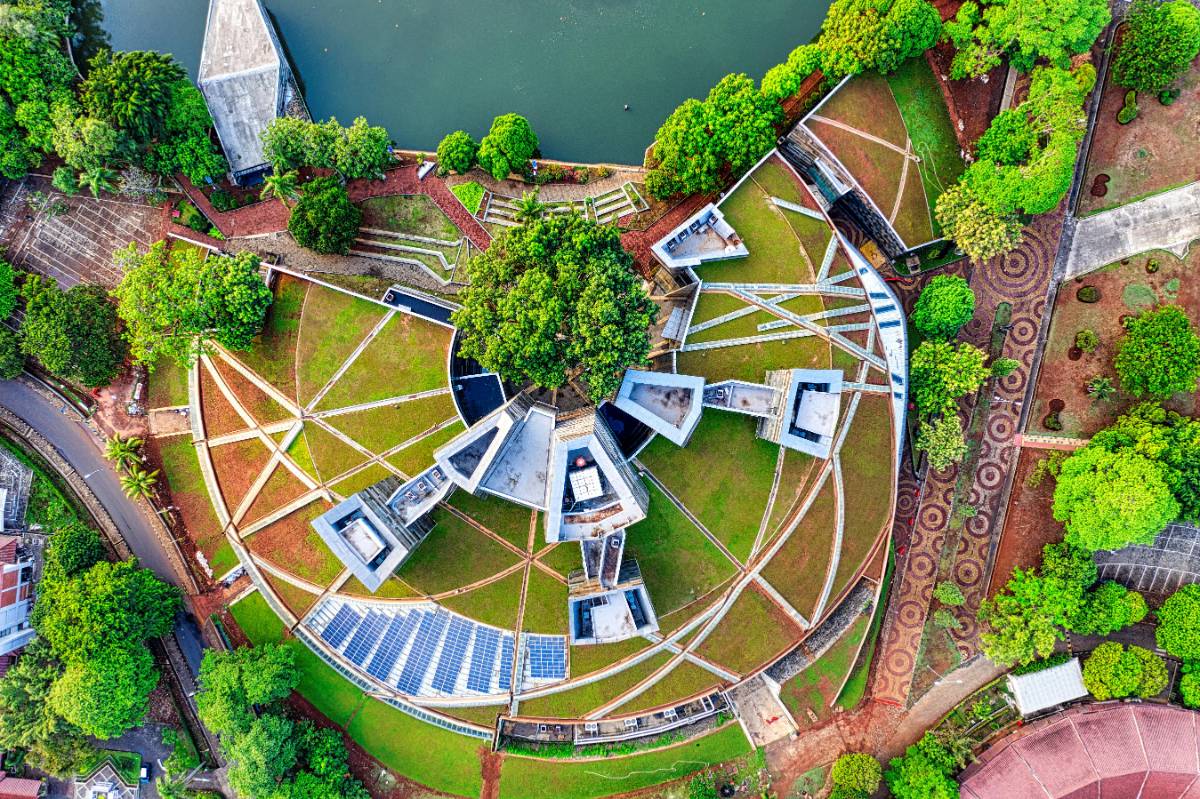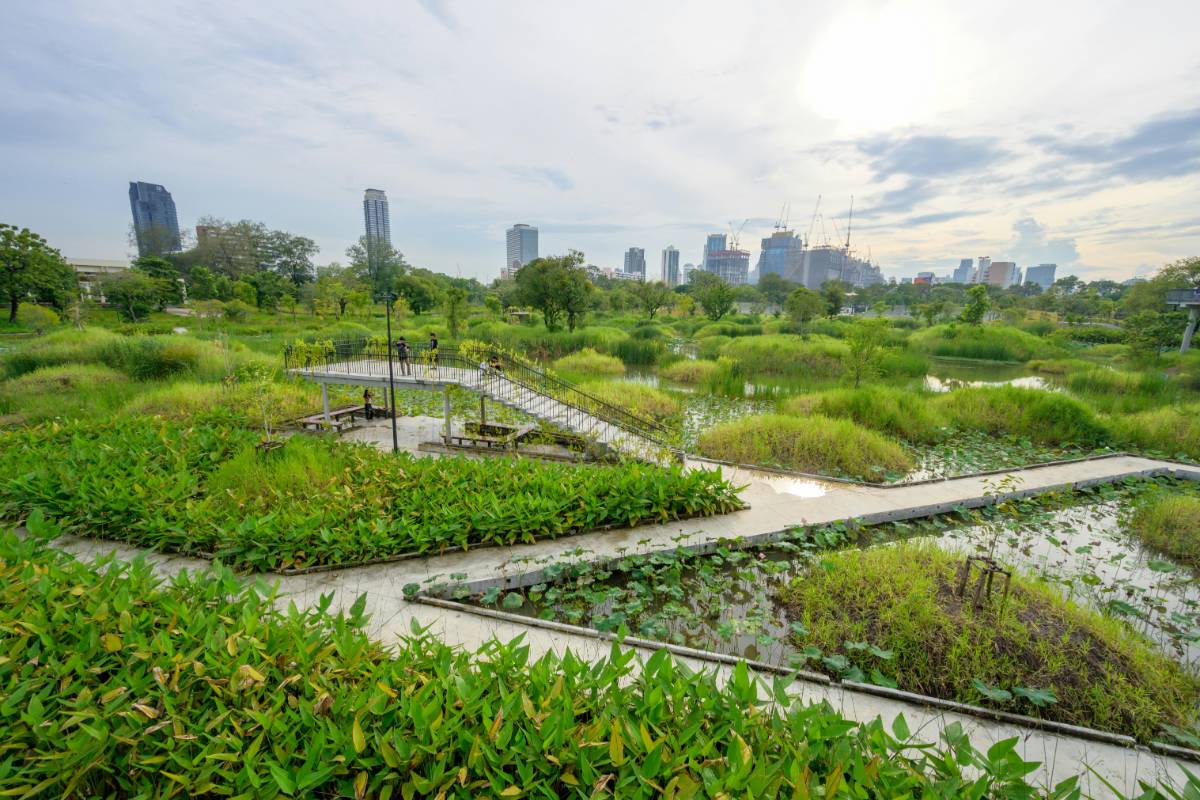
Eco-Friendly Landscaping: Sustainable Design for Outdoor Spaces
Eco-friendly landscaping is an essential part of sustainable design, allowing homeowners, businesses, and communities to create beautiful, functional outdoor spaces that respect the environment. With the growing concerns about climate change, resource depletion, and environmental degradation, sustainable landscaping practices are becoming more crucial than ever. This article explores the principles of eco-friendly landscaping, highlighting the key practices and benefits that help create green, sustainable outdoor spaces.
Understanding Eco-Friendly Landscaping
Eco-friendly landscaping, also known as sustainable landscaping, involves the use of design principles, plants, and materials that minimize environmental impact while maximizing functionality and aesthetics. It emphasizes conservation, reducing resource use, and enhancing biodiversity. Sustainable outdoor spaces are designed to work with the local environment, focusing on water conservation, soil health, and native plant species.
A well-designed eco-friendly landscape provides not only a visually appealing environment but also plays a key role in reducing pollution, promoting energy efficiency, and conserving natural resources. By implementing sustainable practices, property owners can create outdoor spaces that are both environmentally responsible and beautiful.
Water Conservation: The Heart of Sustainable Landscaping
Water conservation is one of the most critical components of eco-friendly landscaping. Traditional landscaping often relies on large amounts of water for irrigation, which can deplete local water supplies and lead to inefficient use of resources. In contrast, sustainable landscaping focuses on minimizing water usage by selecting drought-tolerant plants, implementing efficient irrigation systems, and reducing lawn areas.
One of the most popular water-saving strategies is xeriscaping, which involves designing landscapes that require little to no supplemental water. This is achieved by using native, drought-resistant plants that are adapted to the local climate, reducing the need for frequent watering and maintenance.
In addition to selecting the right plants, eco-friendly landscaping incorporates efficient irrigation systems, such as drip irrigation and smart watering controllers. These systems deliver water directly to the roots of plants, reducing water waste and ensuring that each plant receives the appropriate amount of moisture.
Using Native Plants to Enhance Biodiversity
Native plants are an essential element of sustainable landscaping because they are naturally suited to the local climate, soil, and ecosystems. These plants require less water, fertilizer, and pesticides, making them an eco-friendly choice for outdoor spaces. They also help promote biodiversity by providing habitat and food for local wildlife, such as birds, bees, and butterflies.
Native plants are often more resistant to pests and diseases, reducing the need for chemical interventions. By using native species in your landscaping design, you contribute to the health of the local ecosystem and help preserve the natural beauty of your region.
Incorporating a mix of native plants in different layers (ground cover, shrubs, and trees) can also improve soil health and prevent erosion. These plants create a more stable and resilient landscape, able to withstand the challenges of changing weather patterns and other environmental stressors.

Soil Health and Erosion Control
Healthy soil is the foundation of any successful landscaping project. Sustainable landscaping practices prioritize soil health through composting, mulching, and reducing the use of chemical fertilizers and pesticides. Organic compost enriches the soil, adding vital nutrients and improving its structure, which helps plants grow stronger and healthier.
Mulching around plants and trees helps retain moisture, regulate soil temperature, and prevent weed growth, reducing the need for synthetic herbicides. Mulch also promotes soil fertility by decomposing over time and providing nutrients to plants.
In areas prone to erosion, eco-friendly landscaping uses techniques such as planting ground covers, installing erosion-control blankets, or creating swales (shallow, vegetated channels) to slow water runoff and reduce soil erosion. These methods help prevent the loss of valuable topsoil and keep your landscape in balance with the environment.
Energy-Efficient Landscaping
Eco-friendly landscaping is not only about protecting the environment—it can also help reduce energy consumption. Strategic placement of trees, shrubs, and vines can provide shade, reduce wind exposure, and help lower heating and cooling costs for buildings. By planting trees on the south and west sides of a house, for example, you can block the sun's heat in summer, reducing the need for air conditioning.
On the other hand, evergreens planted along the north or windward side of a property can act as natural windbreaks, reducing heating costs in winter. These landscaping strategies help reduce the overall energy consumption of a property, making it more energy-efficient and sustainable.
Another energy-saving approach is using permeable paving materials for driveways and walkways. These materials allow rainwater to pass through, reducing the risk of runoff and helping to manage stormwater, while also minimizing the heat island effect often caused by traditional concrete or asphalt surfaces.
Sustainable Materials for Hardscaping
Sustainable landscaping isn't limited to plants and soil. Hardscaping—such as patios, pathways, and retaining walls—also plays a crucial role in eco-friendly design. Using sustainable materials, such as recycled concrete, reclaimed stone, or locally sourced timber, can significantly reduce the environmental impact of your outdoor space.
Permeable paving materials, like porous stone or gravel, allow rainwater to seep into the ground, reducing stormwater runoff and helping to recharge local aquifers. These materials also help keep the area cool by reducing the heat retained by traditional paving options.
Recycled materials can be used for a variety of landscaping elements, from garden edging to outdoor furniture. By incorporating repurposed materials into your hardscaping design, you can reduce the need for new resources and create a more sustainable and visually appealing space.
Green Roofs and Vertical Gardens
Green roofs and vertical gardens are innovative ways to integrate sustainable design into urban landscapes. These types of landscaping allow for the use of otherwise unused space, providing additional greenery and improving air quality in dense urban areas.
Green roofs, which are covered with vegetation, help reduce the urban heat island effect, improve insulation, and promote biodiversity. They also capture and store rainwater, reducing runoff and providing a natural habitat for birds and insects.
Vertical gardens, which use plant systems mounted on walls or structures, are an excellent option for small spaces. They allow urban dwellers to grow plants and herbs in limited space while providing aesthetic and environmental benefits. Vertical gardens also improve air quality and can act as sound barriers, enhancing the quality of life in city environments.
Wildlife-Friendly Landscaping
Creating wildlife-friendly spaces is an important aspect of eco-friendly landscaping. By incorporating diverse plants, creating water features, and adding birdhouses or insect hotels, you can turn your outdoor space into a sanctuary for local wildlife.
Water features, such as ponds or birdbaths, attract birds, insects, and other animals, providing them with a source of hydration and habitat. A variety of plants, including flowering species, can attract pollinators like bees and butterflies, supporting biodiversity in the area.
Eco-friendly landscaping can help restore local ecosystems and provide important habitats for animals, contributing to a healthier, more balanced environment.
Conclusion
Eco-friendly landscaping is a powerful tool for creating sustainable, beautiful outdoor spaces that support environmental health and biodiversity. By incorporating practices like water conservation, native plant selection, soil health improvement, and energy-efficient design, property owners can make a positive impact on the environment while enhancing their outdoor living spaces.
From reducing water consumption to supporting local wildlife, eco-friendly landscaping offers countless benefits for the planet and the people who enjoy it. As awareness of environmental issues grows, sustainable landscaping will continue to play a crucial role in creating green spaces that foster a healthier and more sustainable future for all.



